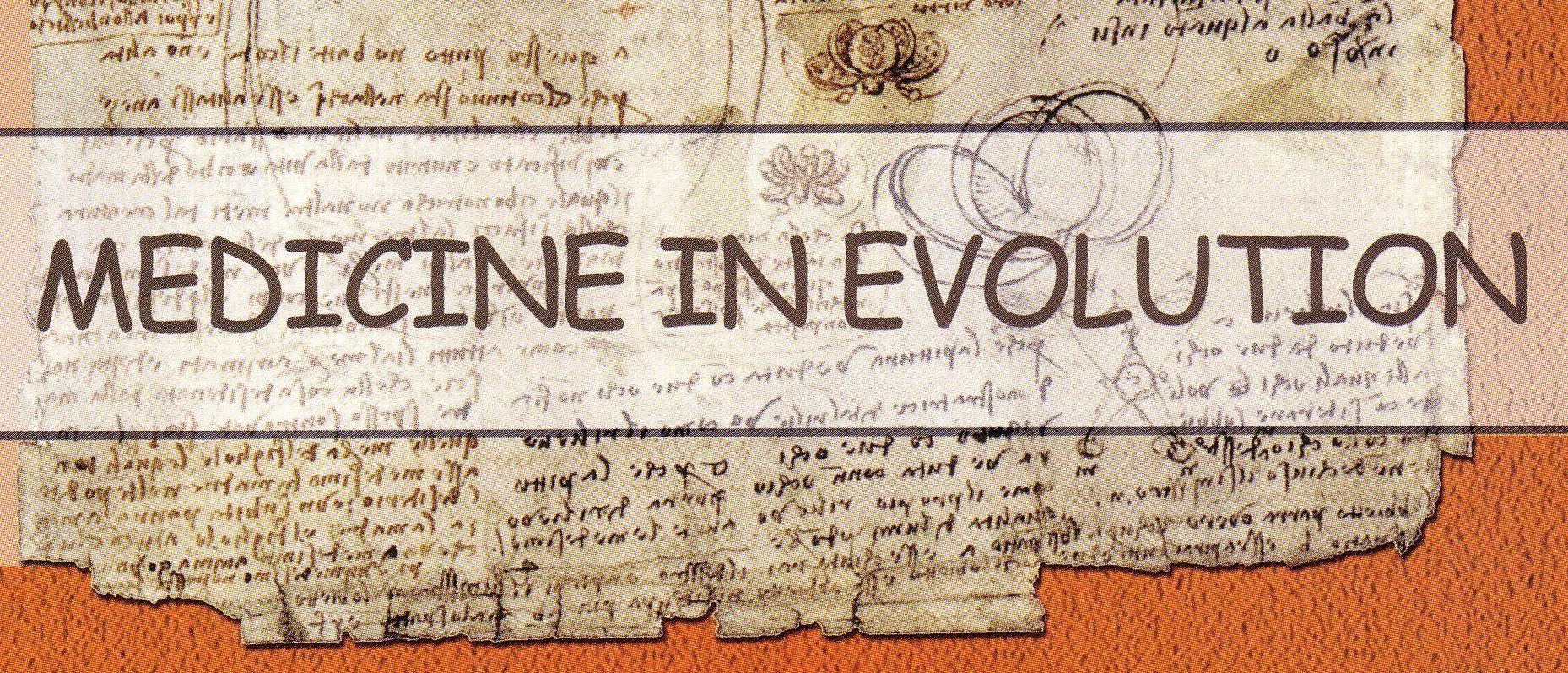|
Medicine in evolution
|
- Abstract - New generations of cobalt-chromium alloys doped with precious metals (Au, Pt, and Ru) are now coming on the market with the idea to improve the corrosion resistance. The goal of this study was to verify this hypothesis, by testing 4 different such alloys. Before electrochemical testing the alloys were analyzed micrographically, analysis of phases by energy-dispersive X-ray spectroscopy (EDX) was carried out and hardness properties were also tested. The microstructures of alloys #1 and #4 exhibited round “inclusions” with a diameter up to 0.1 mm. The chemical analysis of these zones showed of in (betweeen 42 and 51%), Pt (around 28%) and Au (between 18 and 27%). The Vickers tests of such zones for #4 gave a mean hardness value more than twice lower (147 HV) compared to the overall hardness value of the alloy (326 HV). The potentiodynamic curves reveal important differences in the behaviour of the studied alloys (#1-#4) as compared to the conventional Co-Cr alloy. The worst behaviour was given by the alloys containing only gold (#1 and #4). Alloys #1 and #4 showed a very complexe microstructure compared to the other studied alloys. The round “inclusions” with a diameter up to 0.1 mm are in part non miscible phases with a very low corrosion resistance. From the point of view of corrosion behaviour, the classical Co-Cr alloy is the best material followed by the alloys #2 and #3 (addition of respectively 4 % and 25 % precious metals). The worst alloys were #1 and #4 (with only addition of 2 % of Au).
Key words: Cobalt-Chromium
dental alloys, corrosion, phase analysis, hardness
properties, microstructure.
Webmaster: Creanga Madalina |
|---|
